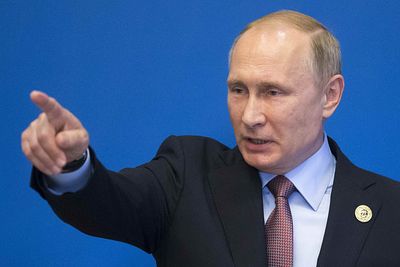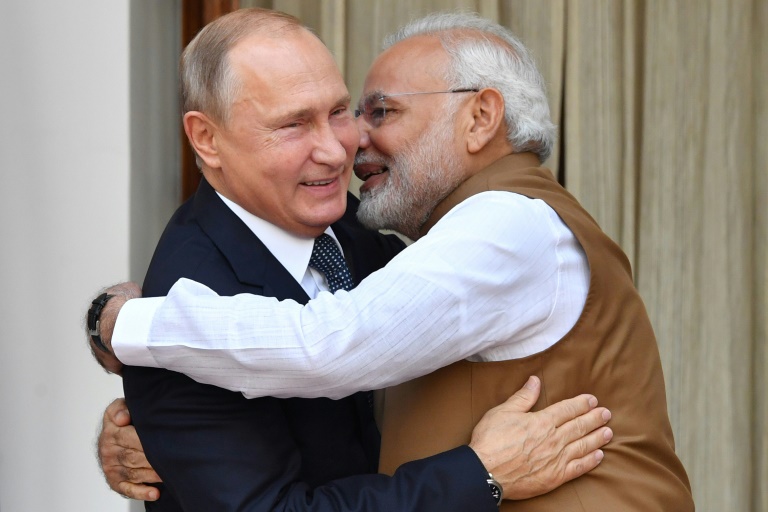The aftermath of a terrorist attack is never easy. Least of all when it happens on the global stage with accusations flying faster than I can report them. Recently, Moscow found itself the target of such an attack, leading to a complex web of blame, international intrigue, and a recent notable nod towards cryptocurrency’s role in modern warfare.
How did we even get here?
Unraveling the Chaos
A couple of weeks ago, the tranquility of Moscow was shattered by a brutal terrorist attack that had me clicking on Twitter faster than my Mom turns on me.
Initially, ISIS stepped forward, claiming responsibility for the violence. However, things changed dramatically when Russian President Vladimir Putin disclosed that “radical Islamists” were the masterminds behind the devastating event, with a peculiar twist suggesting Ukraine’s involvement. Apparently, the terrorists were paid by Ukraine using, you guessed it, crypto.
The assault was a meticulously planned operation. Armed individuals in camouflage burst into Crocus City Hall during a concert, unleashing gunfire on the attendees and igniting a fire that led to the building’s partial destruction and the tragic loss of at least 137 lives.
Putin, in a televised discourse, pointed out the historical struggle against the ideology of radical Islamists, emphasizing the incident as possibly another link in the chain of aggression against Russia since 2014, indirectly referring to the neo-Nazi regime in Kyiv. The fact that the assailants attempted to flee to Ukraine post-attack was for sure a big hint.
In a curious omission, Putin refrained from discussing the ISIL (ISIS) affiliate’s claim over the attack, despite its repeated assertions and the dissemination of graphic content by ISIL-affiliated media channels validating their involvement. Interesting, huh?
Further complicating the narrative, both the United States and France, through their intelligence services, supported the ISIL’s claim, with French President Emmanuel Macron acknowledging the hand of an “ISIL entity” in the barbarism.
The Kremlin, through its spokesperson Dmitry Peskov, maintained a cautious ambiguity, steering clear of direct blame and highlighting the confidentiality of intelligence warnings from the U.S. about a potential attack.
A Nation in Mourning
The aftermath saw a swift judicial response with the detention of eleven individuals linked to the attack. Four of these suspects faced charges in a Moscow court, showing visible signs of physical assault, a grim reminder of Russia’s contentious human rights track record under Putin’s regime.
The suspects are set to appear in court. And their ages range from 19 to 32, and last we saw, they all had visible bruises and one individual was barely even conscious, needing medical support just to appear before the judge.
Prime Minister Mikhail Mishustin vocalized the ongoing nature of the investigation but assured that justice would be merciless for the perpetrators. Echoing him, former President Dmitry Medvedev called for the extermination of those responsible.
The attack not only caused significant loss of life but also left over 180 people injured, with 97 still hospitalized due to their injuries. In the wake of it, Moscow has heightened its security measures, particularly in public spaces like shopping malls, which have seen at least ten security alerts leading to evacuations.





